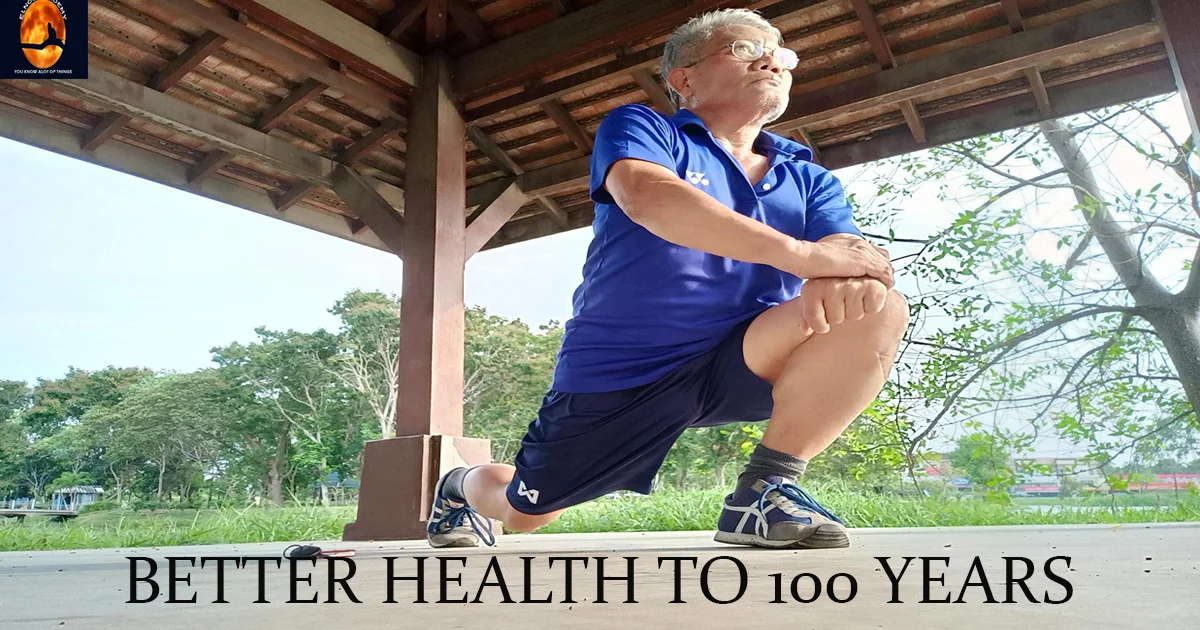What is IT?
Better health is one of every human being’s essential rights to have the best possible level of health. Not just the absence of illness or disability, health is a condition of total physical, mental, and social well-being.
better health international
health planning
We set health plans in most countries on unscientific grounds. For example, we find that we often set the objectives of plans based on the number of hospitals, beds, health centers, and doctors.
Instead of being based on vital statistics i.e. disease and mortality rates, including infant mortality, maternal mortality, and the incidence of diseases such as tuberculosis, schistosomiasis, cancer, or diabetes, it is not enough to take numbers of hospitals, health centers, families, and doctors as targets.
We seek it for several reasons, chief among them
- The possibility of misdistribution
- as one region may have the lion’s share of health resources and be deprived of them, or almost any other region.
- The possibility of mismanagement
- such as establishing a hospital in an area, while the real need for health care centers at a lower cost and with better returns.
- Imbalance in spending on the health budget
- such as spending huge amounts of money on large medical facilities or on purchasing medical devices that we may not need, while if half of these funds were spent on environmental sanitation, health education, or nutrition programs, that would have been more important.
Looking closely at the annual reports of the World Health Organization on the health situation in the countries of the world, we note that the level of health does not depend on the number of doctors
The family and the health budget, as much as it, depend on the method of health care management.
We should plan health planning objectives based on biostatistics. Measurable goals in a specific time period. Hence, it is subject to follow-up and evaluation.
Health planning is not different in principle from building a building or making a car or even a fountain pen. It must be based on measurable numbers so that we can transform it from an idea into an event.
Elnodi Academy
The level of health care, but can attribute to three main factors:
- Sound health planning
- is concerned with defining goals, alternatives, and priorities in a scientific manner, based on biostatistics.
- Comprehensive health care is characterized by a balance between the money
- Effective management of human and financial resources
- Depends on the decentralization of implementation.
community participation

Dr. Mahler, former Director-General of the World Health Organization, said, A society in which some or some of its members do not take part in its health affairs and assume their responsibilities in it, is a society that cannot receive good health care, regardless of the capabilities available to it.
He also says in the same context, health will only improve if people themselves take part in the planning and implementation, and have a say about the health care provided to them, but this participation does not happen arbitrarily. Health?
“The best sports that help in losing weight are: squash, skiing, running and swimming, as they allow access to the highest rates of burning calories.” The site explained that practicing squash for a quarter of an hour helps burn up to 300 calories for a person who weighs about 95 kilograms.
And an average of 190 calories for a person who weighs about sixty kilograms.” Swimming ranks first among water sports that help in losing weight, as the average calorie burn during exercise for a quarter of an hour ranges between 145 and 23.
The German website “Freunden Welle Vet” on health and nutrition
SUMMARY
In recent decades, the map of diseases worldwide has changed Four decades ago or so, medical professors focused their teaching on medical students on infectious diseases as the dominant diseases in society, and today we find chronic diseases such as cancer, cardiovascular disease, car accidents, and diabetes take precedence.
Many concepts in health economics have changed. There has become a global trend to expand the establishment of primary healthcare centers as an alternative to huge hospitals.
The establishment of one-day hospitals in which the patient enters for surgery in the morning and leaves in the afternoon to go to his home.
Home health care centers where the nurse, physiotherapist, or nutritionist goes to the patient in His home instead of him going to the hospital, and the doctor may communicate with his patient while he is at home electronically.
Today, robotic surgery technologies are growing. The surgeon in Washington, the patient on the operating table, and research into nanotechnology and stem cells promise breakthroughs in prevention and treatment that one would not have imagined just a few decades ago.
Hence, health care in its planning, organization, and management must also change from what we were familiar with decades ago. Otherwise, we will lag.
On top of the changes that we need to keep pace with the changes of the age, comes a reconsideration of the goals, plans, programs, and priorities
The methods of preparing and training human resources, and the goals and methods of medical education in medical colleges and health institutes.
FAQ
What is good health and wellness?
lifestyle whereas health is a condition of being.
Wellness strives to improve well-being; the terms “health” and “well-being” refer to the same thing.
What is a partnership for better health?
Together with regional and local organizations, we work to advance ethical healthcare behaviors and improve everyone’s access to reasonable, high-quality medical treatment.
We encourage long-term solutions to some of the most difficult health concerns facing society today via community investment, involvement, and good stewardship. Together, we are changing the world.





